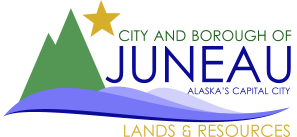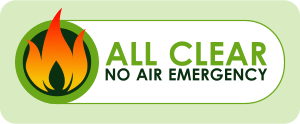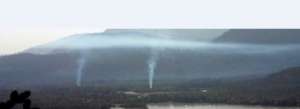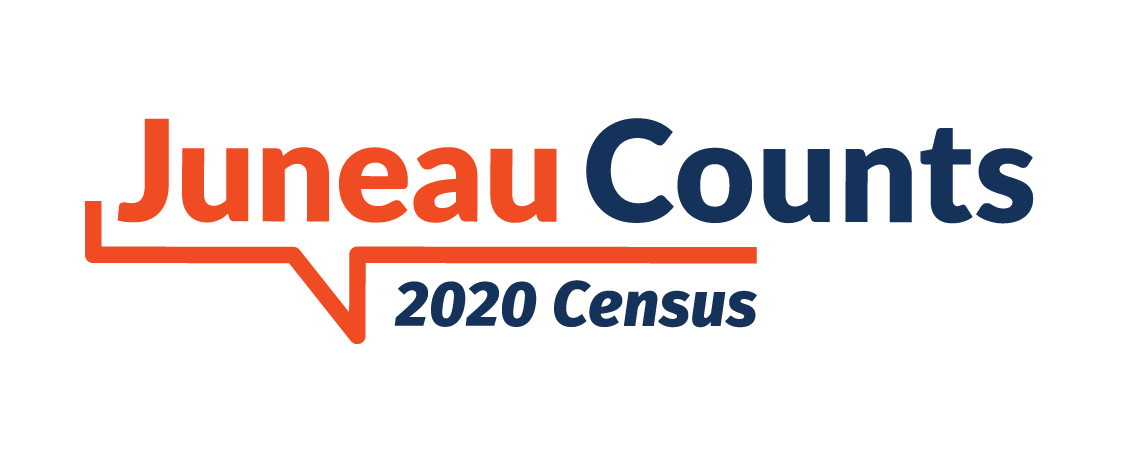Last Updated: 01-06-2026 07:27:18

Contact Information:
Woodsmoke Hotline – 586-5252
Call the woodsmoke hotline for up-to-date information regarding the Mendenhall Valley’s air quality.
Enforcement – 586-0600
Please call the Juneau Police Department if you notice active burning and/or woodsmoke occurring in the Valley’s Woodsmoke Hazard Area during an Air Emergency.
Further Information – 586-5252
Please call the Lands & Resources Office if you have any other questions.
Air Quality – Open Burning
The CBJ Air Quality Monitoring Program: October 1 – April 30
CBJ staff monitor the Mendenhall Valley’s air quality data hourly to detect fine particulates from woodsmoke in the air. If data shows continuous, high concentrations of these fine particulates, the CBJ will declare an air emergency, which prevents all wood stoves in the Valley from being used until the emergency is cancelled. The CBJ works in partnership with the Alaska DEC and NOAA to ensure the Valley’s air remains clean and healthy.
During an air emergency, all wood stove burning in the Mendenhall Valley is prohibited until further notice as outlined in CBJ’s ordinance 2008-28 regarding solid fuel-fired burning devices. Pellet Stoves are exempt from the wood stove regulations and can burn at any time. Masonry heaters that fit the definition given by the Masonry Heater Association of North America are also exempt from the wood stove regulations.
The City will announce if an air emergency has been called or cancelled through:
- the online air quality advisory icon located on this website
- the CBJ Facebook
- local radio announcements
- the Woodsmoke Hotline (586-5333)
- a texting service – sign up here
- using the 12 neon yellow burn ban signs located throughout the Valley
**CBJ staff will always update the online air quality advisory icon and the Woodsmoke Hotline if an air emergency is or is not in effect.**
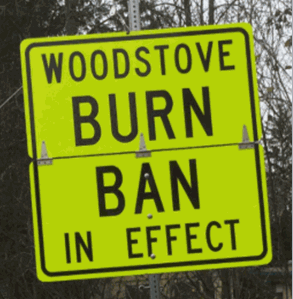 Here’s what one of those 12 burn ban signs looks like.
Here’s what one of those 12 burn ban signs looks like.
Curious where the burn ban signs are located? Click here to see the Air Emergency Sign Location Map.
The area covered by the Valley’s Woodsmoke Hazard Area extends from the Airport north to the Mendenhall Glacier, west to Montana Creek, south along the east shore of Auke Lake and includes the east half of the Mendenhall Peninsula.
Click below to view maps that show all homes located within the Woodsmoke Hazard Area:
Below are hourly air samples of fine particulates (pm 2.5) that were present in the Valley’s air during the 2015-16 Air Quality Monitoring season. Samples like these are taken at the Alaska Department of Environmental Conservation’s Floyd Dryden Station every year. The samples demonstrate what is usually invisible to the eye: fine particulates from woodsmoke. The darker the circles, the dirtier the air. If the air is clean, the hourly samples will run clear (almost invisible to the eye).
![]() Hourly air quality samples collected by the Alaska Department of Environmental Conservation during the 2015-16 Air Quality Monitoring season.
Hourly air quality samples collected by the Alaska Department of Environmental Conservation during the 2015-16 Air Quality Monitoring season.
When inhaled, fine particulates from woodsmoke can lodge themselves deep into the lungs and bloodstream and significantly impact children, elders, and those with breathing difficulties. CBJ Lands and Resources staff monitor the data produced by these hourly air samples, and will call an air emergency if numerous readings in a row show that the air quality could hurt human health.
On windless, winter days, normal atmospheric conditions can become inverted: a layer of warm air prevents cold air from escaping and acts like a lid, trapping woodsmoke and other pollutants in the Valley’s air. This is known as an air inversion, and the natural “bowl” shape of the Valley intensifies this condition.
Notice the thick blanket of smoke shown above? That “blanket” or air inversion will continue to trap all the fine particulates from wood smoke until wind, rain, or snow cleans the air. When it looks like an air inversion is forming, the City’s goal is to temporarily stop the use of wood stoves in the Valley to prevent this high concentration of woodsmoke.
Here is a printable flyer that explains how air inversions occur and how to help prevent unhealthy air in the Valley.
Monitoring the Mendenhall Valley’s air quality would not be possible without the collaboration and support of the Alaska Department of Environmental Conservation, Division of Air Quality team and the National Oceanic and Atmospheric Administration, Juneau Forecast Office– both of which collect and interpret data– and the Juneau Police Department, which enforces the air emergencies and burn bans.
On October 27, 2017, CBJ Lands and Resources staff along with the Alaska Department of Environmental Conservation went on Juneau Afternoon to discuss the 2017-18 Air Quality Monitoring Program. If you missed the conversation, click the below KTOO link and start listening in at minute 32:40.
Curious how you can help keep the Valley’s air clean and healthy? Below are some tips that are also outlined in this printable flyer:
- Before lighting your woodstove, check the online air quality advisory icon on the CBJ Lands and Resources webpage at https://juneau.org/lands/air-quality or call the CBJ Woodsmoke Hotline at 586-5333 to see if an air emergency is in effect.
- Burn only untreated wood, paper and cardboard in a woodstove. Don’t burn garbage, plastics, treated lumber or anything unnatural.
- Burn dry, well-seasoned wood. This reduces particulate and carbon-monoxide transmission into our air.
- BONUS! Dry wood produces more heat, which means you use less wood, which also means you save money and work.
- Don’t overload your stove. Keep fires small and hot.
- Keep your stove’s intake/damper open enough to maintain a hot, clean fire. Smoldering fires can cause six times more emissions than a hot, clean fire.
- Go outside and check your chimney for heavy, thick smoke. If it’s heavy, you’re likely burning damp wood or something that is making your stove burn inefficiently.
- Which brings us to this point: Have your woodstove inspected to make sure it’s functioning properly, safely and efficiently. Like dry wood, an efficient stove means you’ll burn less wood, which saves you money and work.
- Check for creosote build-up and keep chimneys clean. It’s probably best to have a professional chimney sweep (which is a real job title) come out to do the inspection of your woodstove and chimney. A properly functioning woodstove is not only better for your home heating and your wallet, it’s also safer for your family.
- Look for days that are sunny, windless and cold: these are the days when an air inversion has a likely chance of forming.
Here are some additional air quality info sources you may find helpful:
If you no longer wish to receive CBJ Air Quality Notification texts, reply to the air quality notification text you received with the word STOP. If you change your mind and want to opt back in, reply to the air quality notification text you received with the word CANCEL.
All open burning is prohibited in the Mendenhall Valley and Lemon Creek areas from October 1st through April 30th. Please follow up with Capital City Fire Rescue (CCFR) and use the below permit application for open burning between May 1st-September 30th.
